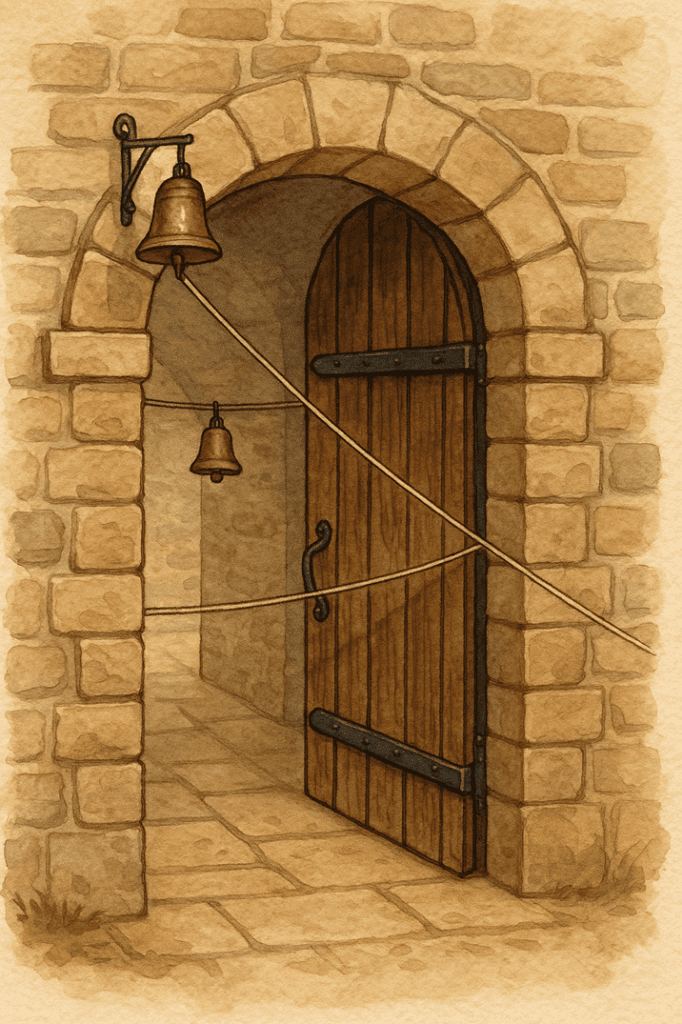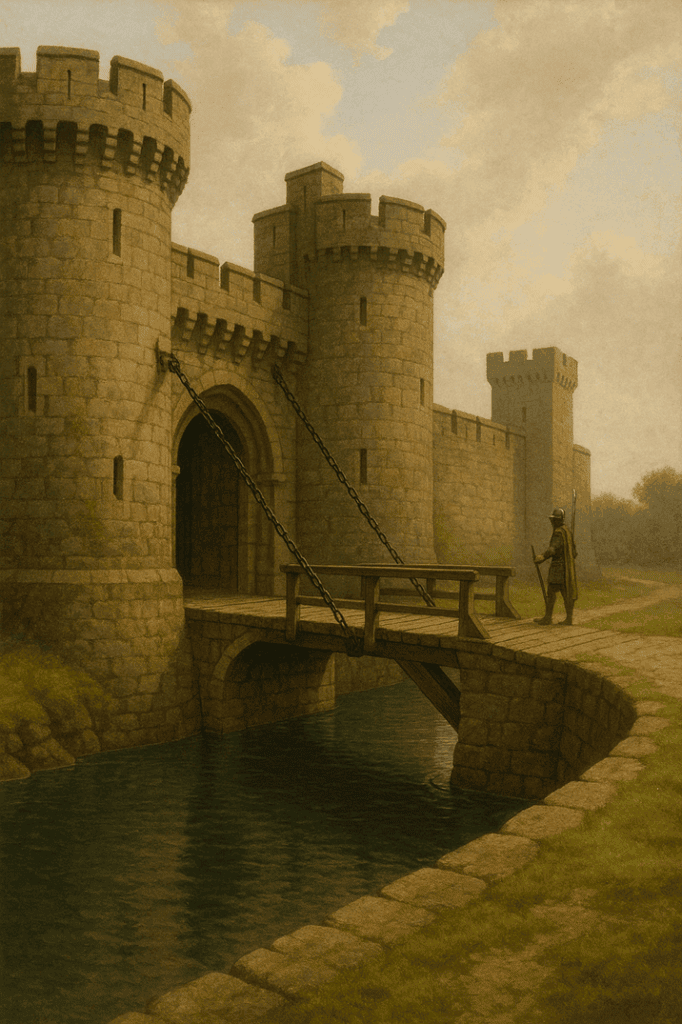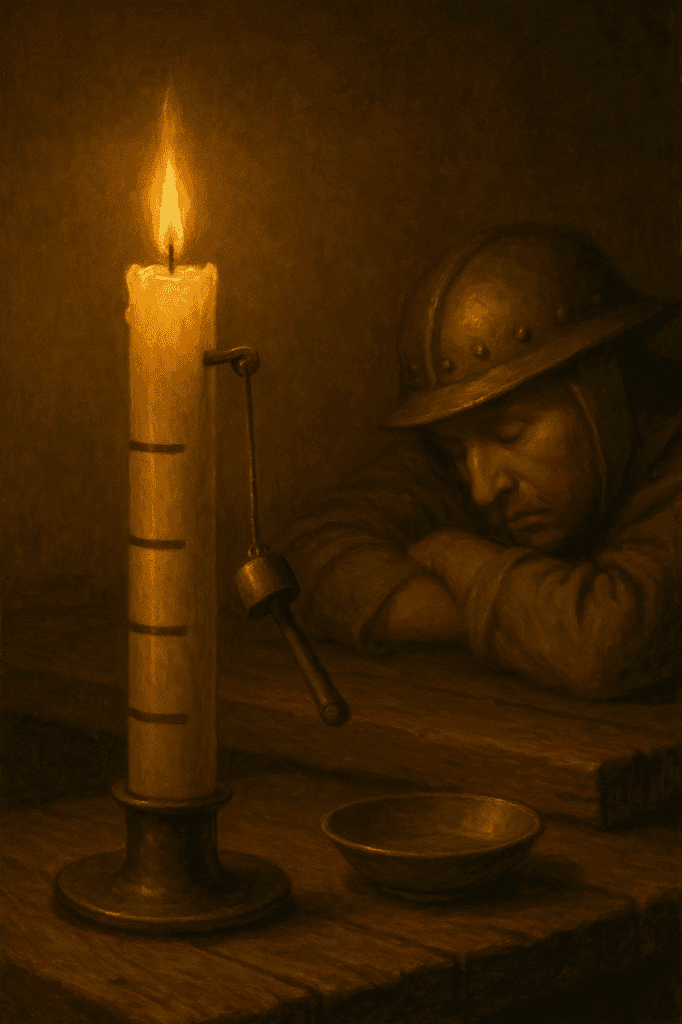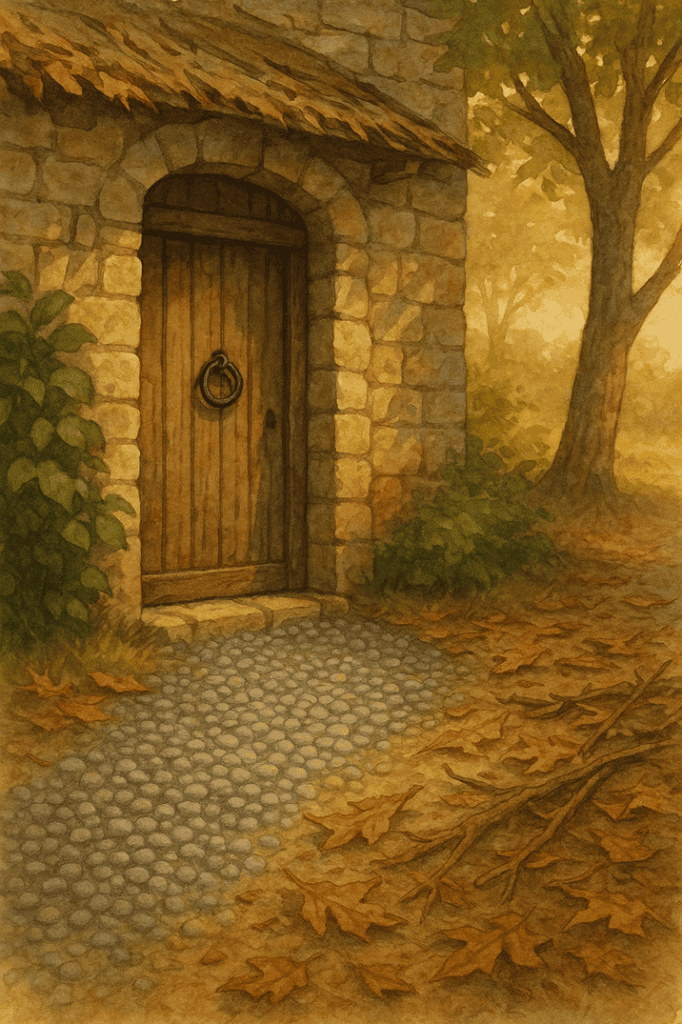How Alarms Worked in the Past: Early Warning Systems
In a world without electricity, cameras, or sensors, people in ancient and medieval societies had to rely on inventive early warning systems to protect their homes, castles, and valuables. These early alarms used everything from animals to natural materials, mechanical devices, and environmental tricks to alert residents of possible danger. This post explores the fascinating history of early warning systems, from simple sound triggers to complex mechanical alarms.
The Importance of Security in the Past
In ancient and medieval societies, security was paramount. With threats from invaders, thieves, and wild animals, communities sought ways to protect themselves and their resources. Castles, for example, were designed with defense in mind—from their location on high ground to their stone walls and guarded gates. Yet these structural defenses only provided part of the solution. To truly safeguard against threats, people needed alarms and early warning systems that could alert them to intruders.
This led to the development of inventive systems and tools, creating an early foundation for the sophisticated security solutions we know today.
Animal Alarms: Nature’s First Guards

Animals played a key role in ancient security systems, serving as reliable “alarms” thanks to their keen senses and natural protective instincts. Long before motion sensors, animals were a practical, mobile, and intuitive choice for security.
Geese
Known for their loud, honking calls and territorial nature, geese were commonly used to guard homesteads, farms, and even fortresses. Sensitive to movement and sounds, geese could alert inhabitants to strangers approaching. Their instinct to honk at unfamiliar sights or sounds made them particularly effective in rural areas.
Dogs
Guard dogs were highly valued for their loyalty, hearing, and agility. Breeds such as mastiffs and greyhounds were often trained to protect people and livestock. In castles, dogs would patrol entry points, alerting guards to potential intruders with their barking. Many cultures prized dogs for their ability to provide early warnings.
Peafowl
In parts of Asia and Europe, peafowl were also used as alarms. These birds had a natural alarm call that was both loud and piercing, serving as a warning system against both animals and intruders.
Roosters
Though mostly known for crowing at dawn, roosters would sometimes sound off at unusual movements during the night.
Animals offered a natural and effective security option. They became an integral part of many cultures, not only as companions but also as protectors.
Sound as a Warning: Bells, Drums, and Resonant Surfaces
Sound has always been a powerful tool for alerting people to danger. Ancient and medieval societies understood this, and they used various objects and surfaces to amplify noise as an early warning.
Bell Towers
Bell towers served as vital communication hubs in towns, villages, and castles. Mounted high above the ground, these bells could be heard across great distances, making them ideal for raising alarms in emergencies. When danger approached—such as an enemy force, a fire, or a breach in the walls—the bell would be rung repeatedly to alert everyone nearby. Different ringing patterns were often used to signal different types of threats. In many medieval communities, the sound of the bell was also a call to arms, prompting local militia to gather and defend their territory. Bell towers were typically located in churches, town halls, or gatehouses, ensuring they were accessible and visible from key vantage points.
Bells on Doors and Gates

Bells were frequently installed on entryways to signal the arrival of visitors or intruders. By hanging bells on doors or gates, even a light touch would cause them to jingle or ring, alerting guards or residents of someone’s presence. In some cases, bells would be attached to cords that extended across a hallway or entrance, so that anyone passing would inadvertently create sound.
Drums as Signal Devices
In many regions, drums were used to signal alarms or summon help. Villages and military encampments used drums to alert guards to approaching danger or to communicate over long distances. A specific drum rhythm could signal an alarm, causing nearby soldiers or residents to prepare for action.
Horn Blasts and Shouting

Before the invention of loudspeakers, human voices and wind instruments were critical tools for raising alarms quickly. Horns—often made from animal horn or brass—were used by guards, shepherds, and soldiers to signal danger. A single blast might signal an intruder, while multiple blasts could call for reinforcements or warn of a larger threat. Horns were portable, allowing guards on patrol or in outposts to alert others even when far from the main keep. Shouting also played a significant role, especially in close quarters or narrow village streets. In towns, the “hue and cry” was a legal expectation: if someone witnessed a crime or threat, they were required to shout loudly and call for help, prompting others to join in and form a quick response.
Resonant Surfaces
Metal plates or hollow objects, like large pots or gongs, were sometimes placed in strategic locations. If struck, they would emit loud noises that could alert nearby guards or inhabitants. For example, some castles had metal plates near doors or gates that intruders would unknowingly trigger, setting off an alarm sound.
These sound-based alarms were easy to construct and maintain, and they were highly effective at providing a quick and reliable warning system in both urban and rural settings.
Traps and Physical Barriers
Booby traps and physical barriers were often used in castles, fortresses, and even private homes to prevent entry or, at the very least, alert guards to someone’s approach. While these were more than alarms, they served the dual purpose of early detection and deterrence.
Tripwires
Tripwires made of natural materials like leather cords or ropes could be strung across passageways or near entry points. When someone walked into a tripwire, it could cause a bell to ring or even set off a small trap, alerting guards to their presence. This simple mechanism was particularly effective in narrow corridors or dark spaces, where intruders might not see the wire.
Moats and Drawbridges

In castles, moats and drawbridges were not only defensive barriers but also served as a means of alarm. Lowering or raising a drawbridge took considerable time, which gave residents an early warning of potential intruders. Guards on watchtowers could observe movements and call for reinforcements if anyone attempted to cross a moat without permission.
False Floors and Pitfalls

Some castles were equipped with hidden pitfalls or false floors designed to trap intruders. These areas, often located near entrances or secret passages, would create loud noises if someone fell into them, instantly alerting guards.
While effective, traps required careful placement and maintenance, as they could be dangerous to residents and visitors as well. However, they offered an early warning in sensitive areas, providing a strategic advantage in defending against threats.
Mechanical and Time-Based Alarms
As medieval technology advanced, people developed more sophisticated mechanical alarms, especially those involving timed elements to alert guards or residents at specific intervals.
Water Clocks and Sound Mechanisms
In ancient China and the Middle East, water clocks were used not only for keeping time but also as alarms. By incorporating mechanisms that caused a bell to ring or a small hammer to strike a metal plate at certain times, water clocks served as both timepieces and early warning systems.
Weighted Pulley Systems
In some castles, weighted pulleys were used to raise or lower barriers. For example, if an intruder tried to cross a certain threshold, their weight might trigger a pulley that set off a sound. These mechanical alarms were more sophisticated and often found in wealthier estates where artisans had the skill to create intricate mechanisms.
Timed Candle Alarms

Marked candles were sometimes used to keep track of time or signal alarms. These candles were marked at intervals, and as they burned, they would reach a certain point that caused a metal object to fall, creating noise. This timed method was used to wake guards at regular intervals, ensuring they stayed alert through the night.
These mechanical alarms reflected the ingenuity of early inventors and represented a significant leap forward in pre-modern security systems.
Using Natural Elements for Security

In many regions, people incorporated natural elements and simple materials as alarms, relying on the environment to provide early warnings.
Gravel Pathways
Placing gravel or pebbles near entry points ensured that anyone approaching would create noise as they walked. The crunch of gravel was enough to alert guards or household members to footsteps, especially at night when sound traveled further.
Dry Leaves and Twigs
Similar to gravel, dry leaves and twigs could be scattered near doors or around perimeters. The sound of crunching leaves was difficult to mask, providing an affordable and effective alarm for rural households.
Wind Chimes and Hanging Objects
Hanging wind chimes or other resonant objects near entrances could act as a subtle alarm system. If an intruder brushed against these objects, the resulting sound would alert anyone nearby. This was particularly effective in small villages or enclosed courtyards.
Using these natural elements required minimal setup, making them accessible to most households. They were especially popular among rural families who needed a practical way to safeguard their properties without elaborate defenses.
Final Thoughts
The early warning systems of the past show remarkable creativity and practicality. People relied on their surroundings, including animals, natural materials, and basic mechanics, to develop effective security solutions. From employing geese as guards to laying gravel on pathways, these systems reflect a deep understanding of the environment and human behavior.
Looking back at these inventive methods, we can appreciate how ancient and medieval societies provided a foundation for today’s sophisticated security systems. These early approaches remind us of the resourceful solutions people developed to ensure safety in an uncertain world.
